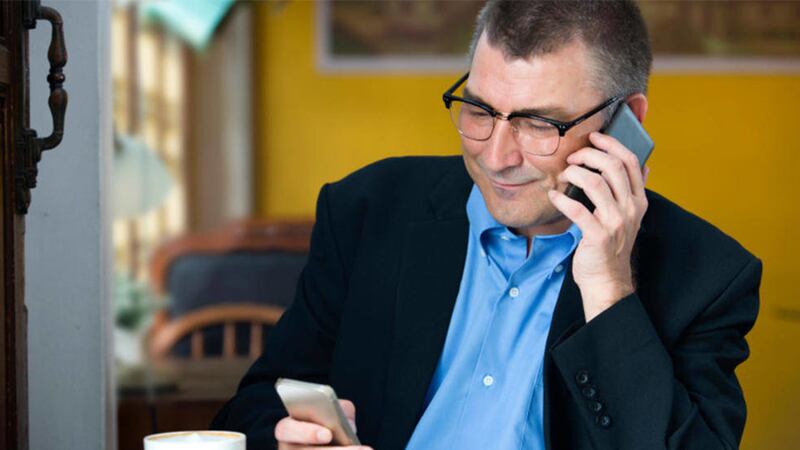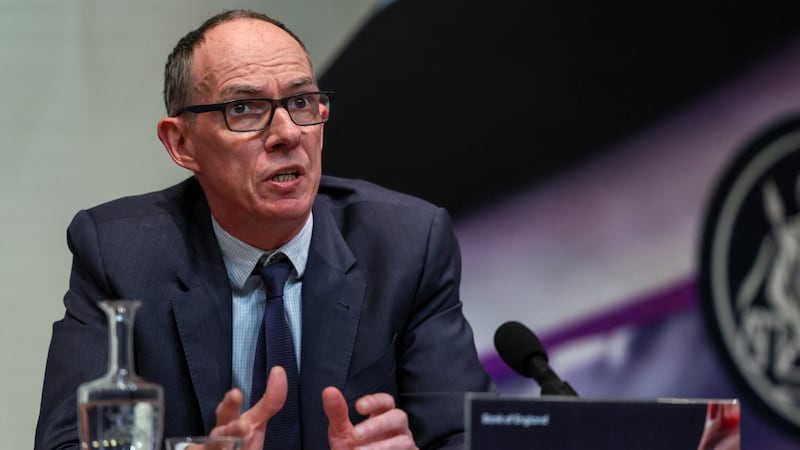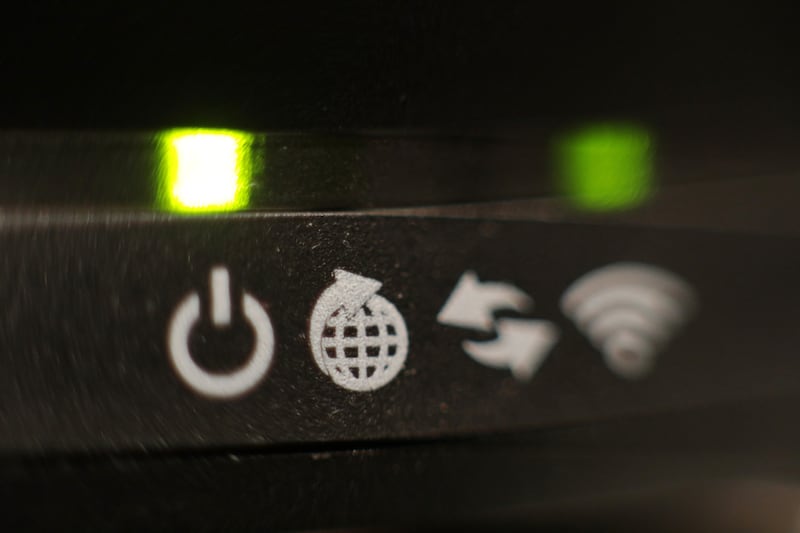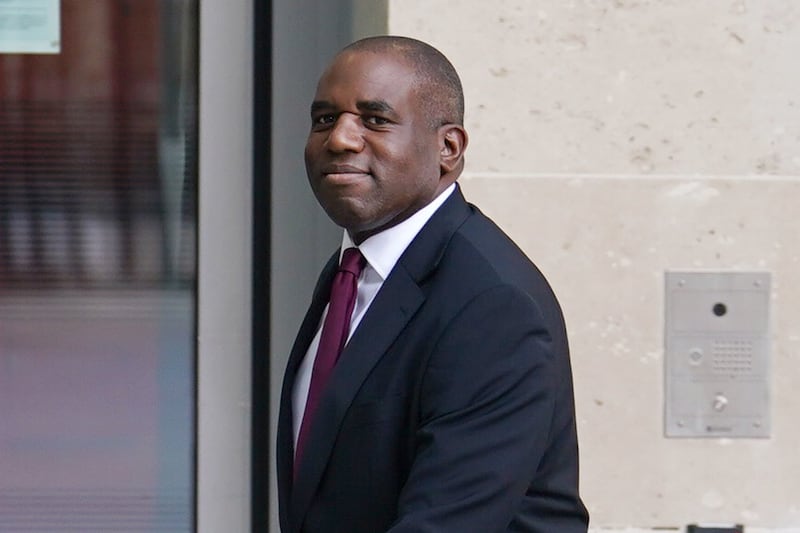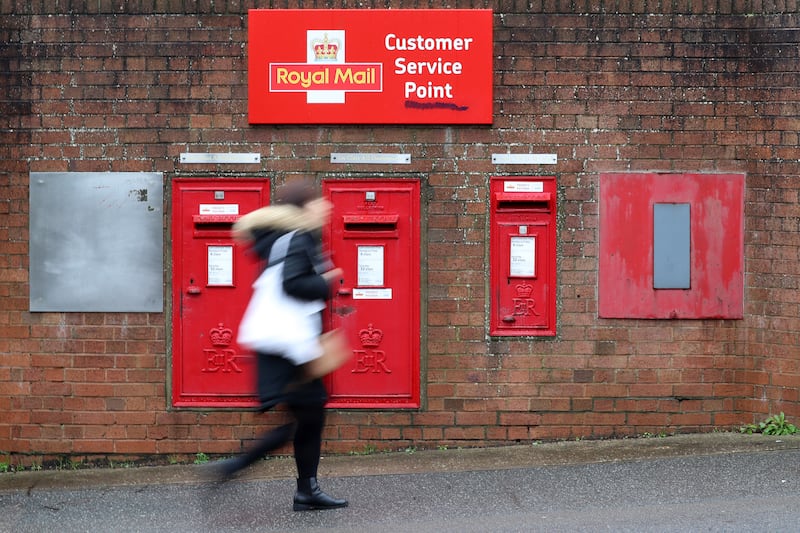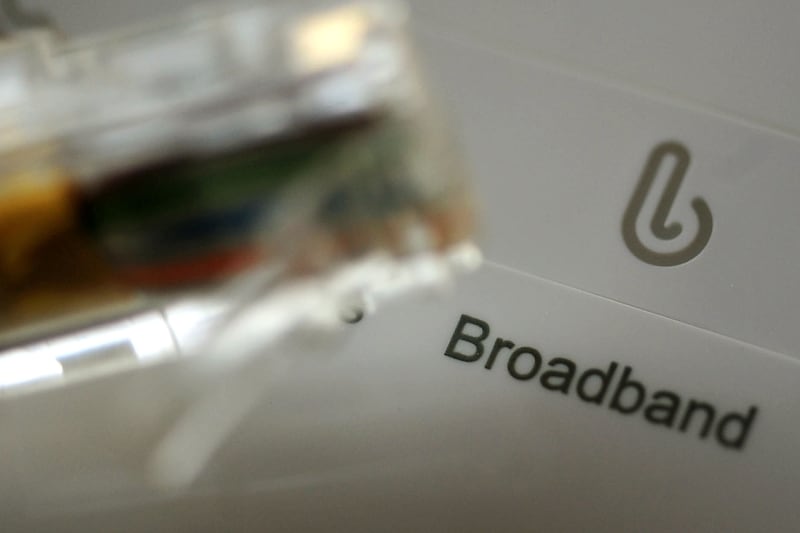COMMUNICATION watchdog Ofcom has laid bare the coverage of all the main mobile operators in the north - and it shows border areas are the worst serviced.
A new interactive map allows people to check their phone provider's coverage by inputting their postcode.
Users can set criteria to check their service whether indoors or outside and depending on whether they are using their phone to talk or browse the web.
Ofcom said the Mobile Coverage Checker was able to give results down to a 100 square metre area.
The map uses data provided by EE, O2, Three and Vodafone.
The service takes account of the increasing shift from handsets with external aerials to smartphones with internal aerials, which can sometimes be less effective at picking a signal.
Each area has been ranked with a colour-coded system, with green showing the highest likelihood of mobile coverage and red the lowest.
And maps showing Northern Ireland illustrate that users along border regions were more likely to be in a 'red zone' regardless of operator, than their counterparts in other areas of the north.
Ofcom wants users to check their coverage experience and leave feedback, which will help refine and improve the tool, with a new version expected in the autumn.
In related work, Ofcom is seeking to improve the process for switching between different mobile providers. The watchdog outlined possible options to achieve this in July, and will take this work forward in the coming weeks.
Steve Unger, Ofcom’s Chief Technology Officer, said: “Access to reliable mobile phone coverage used to be a ‘nice to have’. Now it’s essential to many people’s lives.
“We believe our map is the most comprehensive tool available to consumers and businesses to check mobile coverage. We’re encouraging people to feed back after using the map, so we can continue to improve its accuracy.”
